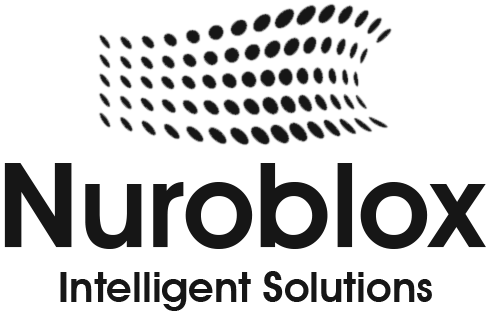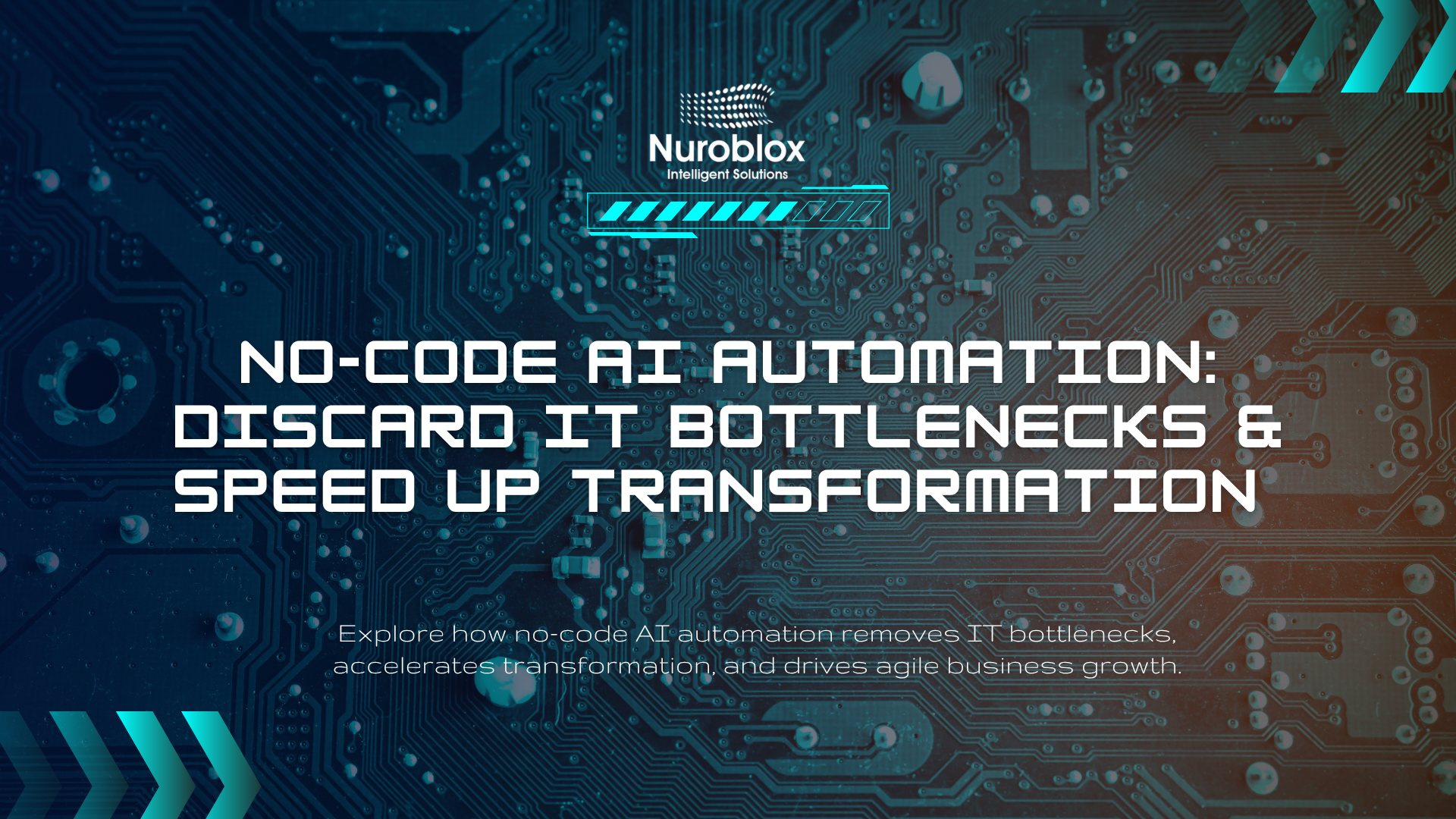No-Code AI Automation: Discard IT Bottlenecks & Speed Up Transformation
In the relentless race toward digital maturity, enterprises face a frustrating paradox. The mandate to innovate has never been clearer, yet the very departments tasked with delivering technological change are often the biggest bottleneck. Digital transformation initiatives, critical for survival and growth, frequently stall in long IT backlogs, hampered by a scarcity of specialized developer talent and a persistent communication gap between business needs and technical execution. Many organizations find that their most vital business requirements are never even considered, let alone built, because traditional development approaches are too slow and rigid.
This is where no-code AI automation emerges not just as a tool, but as a revolutionary strategy. It represents a fundamental shift, democratizing the power of artificial intelligence and placing it directly into the hands of the business users who understand the problems best. By empowering non-technical teams to design and deploy sophisticated AI-driven workflows, no-code platforms are dismantling the barriers that have historically held innovation hostage. The market’s trajectory underscores this seismic shift, with projections showing the no-code AI platform market skyrocketing from approximately $5.84 billion in 2024 to over $36.5 billion by 2032. This article explores how no-code AI automation allows organizations to bypass IT gridlock, accelerate their digital transformation journey, and unlock unprecedented operational agility.
The Digital Transformation Dilemma – Innovation Held Hostage by IT Backlogs
For many companies, the path to digitalization is paved with friction. While the goal is to become more agile, data-driven, and customer-centric, the reality is often a series of frustrating roadblocks. The most significant of these is the IT bottleneck. Business teams identify clear opportunities for improvement automating a manual process, personalizing a customer journey, or extracting insights from data only to see their requests join a seemingly endless queue for the IT department’s time and resources.
This challenge is rooted in several systemic issues –
- Resource Scarcity – Skilled AI developers and data scientists are expensive and in high demand, making it difficult for many companies to build and maintain a sufficiently large team.
- Misaligned Priorities – IT departments are often consumed with maintaining legacy systems and ensuring security and compliance, leaving little bandwidth for new, business-driven applications.
- The Translation Gap – Business experts understand the “what” and the “why,” but they struggle to translate their needs into technical specifications for developers. This often results in applications that don’t fully align with business objectives.
- Data Blindness – Many transformation efforts suffer from an inability to measure what matters. Without visibility into how new tools are being used or where processes are failing, leaders are left making decisions based on guesswork rather than concrete data.
These bottlenecks do more than just slow down progress; they stifle innovation at its source. When the effort required to build and deploy a solution is monumental, experimentation ceases. Business teams stop bringing forward new ideas, and the organization defaults to inefficient, “good enough” manual processes. The result is an unwieldy, inflexible system that cannot move at the speed of customer expectations.
What is No-Code AI Automation? A Revolution in Accessibility
No-code AI automation platforms are designed to solve this exact problem. They are visual development environments that enable users to create, deploy, and manage powerful AI-driven applications without writing a single line of code. By leveraging intuitive, user-friendly interfaces, these platforms make sophisticated technology accessible to non-technical professionals like business analysts, department managers, and domain experts.
The core components that make this possible include –
- Visual Drag-and-Drop Interfaces – Users build workflows by visually connecting pre-built blocks representing actions, logic, and data integrations. This replaces complex coding with a simple, flowchart-like process.
- Pre-Built AI Models – These platforms come with a library of ready-to-use AI models for tasks like natural language processing, image recognition, data extraction, and predictive analytics. Users can immediately apply these models to their specific business problems.
- Simplified Data Integration – Built-in connectors allow users to seamlessly pull data from and push data to hundreds of enterprise applications (like CRMs, ERPs, and databases), breaking down data silos.
- Automated Deployment and Management – Deploying an application is often as simple as clicking a button, eliminating the complex, multi-step deployment processes of traditional development.
This “democratization” of AI empowers the people on the front lines of the business to become “citizen developers”. They can combine their deep, domain-specific experience with powerful AI capabilities to build highly effective and context-aware solutions.
Key Benefits – How No-Code AI Dismantles Traditional Barriers
Adopting no-code AI automation delivers transformative benefits that directly address the most common digital transformation pain points.
Drastically Accelerated Speed and Agility
Perhaps the most immediate and impactful benefit is the dramatic reduction in development time. Workflows that would traditionally take a team of developers months to build can often be designed, tested, and deployed in a matter of days or even hours. This speed translates into newfound business agility. Teams can rapidly prototype new ideas, gather feedback, and iterate in real-time without waiting for IT intervention, allowing the organization to respond instantly to changing market dynamics or operational needs.
Significant Cost Reduction and Higher ROI
By removing the dependency on highly paid, specialized developers and data scientists for every project, no-code platforms significantly lower the cost of automation. The total cost of ownership is further reduced because these platforms typically include maintenance, security, and updates, cutting down on long-term operational expenses. This cost-effectiveness means projects deliver a much faster and higher return on investment (ROI), making it feasible to automate processes that were previously deemed too minor to justify the development cost.
Empowering Citizen Developers and Domain Experts
No-code AI shifts the focus from technical proficiency to business logic. It empowers domain experts in departments like finance, HR, and marketing to build the tools they need themselves. This not only results in better, more relevant solutions but also frees up the core data science and IT teams. Instead of being bogged down with a constant stream of simple, repetitive requests, the technical experts can focus their energy on the complex, high-value strategic initiatives that truly require their unique skills. This fosters a powerful culture of innovation and data-driven decision-making throughout the entire organization.
Enhanced Productivity, Accuracy, and Scalability
Automating repetitive, manual tasks like data entry, report generation, and customer support inquiries liberates employees to focus on strategic, creative, and customer-facing activities. Furthermore, AI-driven automation drastically reduces the human errors that are inevitable in manual processes, leading to more accurate, reliable, and compliant outcomes. As the business grows, these platforms are designed to scale seamlessly, handling higher data volumes and more complex workflows without requiring a complete architectural overhaul.

The transformative power of no-code AI is not theoretical. Across industries, enterprises are deploying these platforms to solve tangible business problems and drive measurable results.
Finance – Automating Reconciliation and Ensuring Compliance
- Problem – Finance teams often spend hundreds of hours manually reconciling transactions from disparate systems, a process that is both tedious and prone to costly errors.
- Solution – A no-code AI workflow can automatically integrate data from multiple financial systems, validate transactions against predefined rules, and use AI to flag anomalies and potential compliance risks in real-time.
- Desired Outcome – Organizations achieve a significant reduction in manual effort and human error, faster identification of financial risks, and a continuously updated, audit-ready trail of all compliance checks.
Supply Chain – Optimizing Logistics with Adaptive Routing
- Problem – Managing a modern supply chain involves navigating unpredictable delays from weather, traffic, and port congestion, leading to inefficient routing and dissatisfied customers.
- Solution – By feeding real-time logistics data, weather reports, and traffic patterns into a no-code AI platform, companies can create a system that dynamically adjusts shipping routes and inventory distribution in response to changing conditions.
- Desired Outcome – This leads to lower transportation costs, minimized delays through predictive adjustments, and greater agility in responding to supply chain disruptions.
Public Sector – Modernizing Citizen Services
- Problem – Government agencies often grapple with massive volumes of paper-based applications and citizen requests, which can overwhelm staff and lead to long delays, especially during a crisis.
- Solution – During the COVID-19 pandemic, the city of Kobe in Japan used Microsoft Power Apps and AI Builder, a no-code solution to automate the processing of subsidy applications. The AI model was trained to automatically extract key information from scanned forms.
- Desired Outcome – The new system reduced application processing time from days to hours, significantly lowered data entry errors, and freed up municipal staff to focus on higher-value citizen services.
Customer Service & Marketing – Personalization at Scale
No-code platforms enable businesses to build and deploy AI-powered chatbots that provide instant, 24/7 customer support, answering common questions and resolving issues without human intervention. In marketing, these tools can automate the entire lead generation process, from personalizing email campaigns based on user behavior to scoring leads and routing them to the appropriate sales team.
Getting Started – A Strategic Approach to No-Code AI Implementation
Adopting no-code AI is more than a technology decision; it’s a strategic shift. To ensure success, organizations should approach implementation thoughtfully –
- Start with the Outcome – Following the advice of industry leaders, the most effective approach is to begin by defining the desired business result, not by focusing on the technology. Business managers should outline the goal, and teams can then work backward to design the necessary automated workflow.
- Target High-Impact, Low-Complexity Processes – Begin with “quick wins.” Identify manual, repetitive processes that are causing friction but are not overly complex. Automating tasks like data entry, internal approvals, or report generation can deliver immediate value and build momentum for the initiative.
- Choose the Right Platform – Evaluate platforms based on their ability to scale, integrate with your existing technology stack, and provide robust security and governance features. The role of IT should evolve from that of a gatekeeper to an enabler, setting up the guardrails within which citizen developers can safely innovate.
- Foster a Culture of Collaboration – True transformation occurs when no-code AI breaks down the silos between business and IT. Encourage cross-functional teams to collaborate on projects, combining business expertise with technical oversight to build solutions that are both innovative and secure.
The Future is Composable, Intelligent, and Code-Free
No-code AI automation is not a threat to traditional IT departments; it is their most powerful ally in the quest for digital transformation. By offloading the ever-growing backlog of business application requests, it frees IT to focus on the core infrastructure, security, and complex systems that underpin the enterprise. It fundamentally changes how businesses operate, creating an environment where anyone with a good idea can build a solution.
This shift moves organizations toward a future that is more composable, intelligent, and agile. As artificial intelligence becomes further embedded in every facet of business, the primary driver of competitive advantage will be the speed at which an organization can harness its power. The companies that thrive will be those that have empowered their entire workforce to build, innovate, and automate.
Take a moment to consider your own organization. Where are the hidden process bottlenecks, the stalled projects, and the untapped opportunities currently locked away in an IT queue? How much value could a citizen developer with a no-code AI platform unlock tomorrow?


